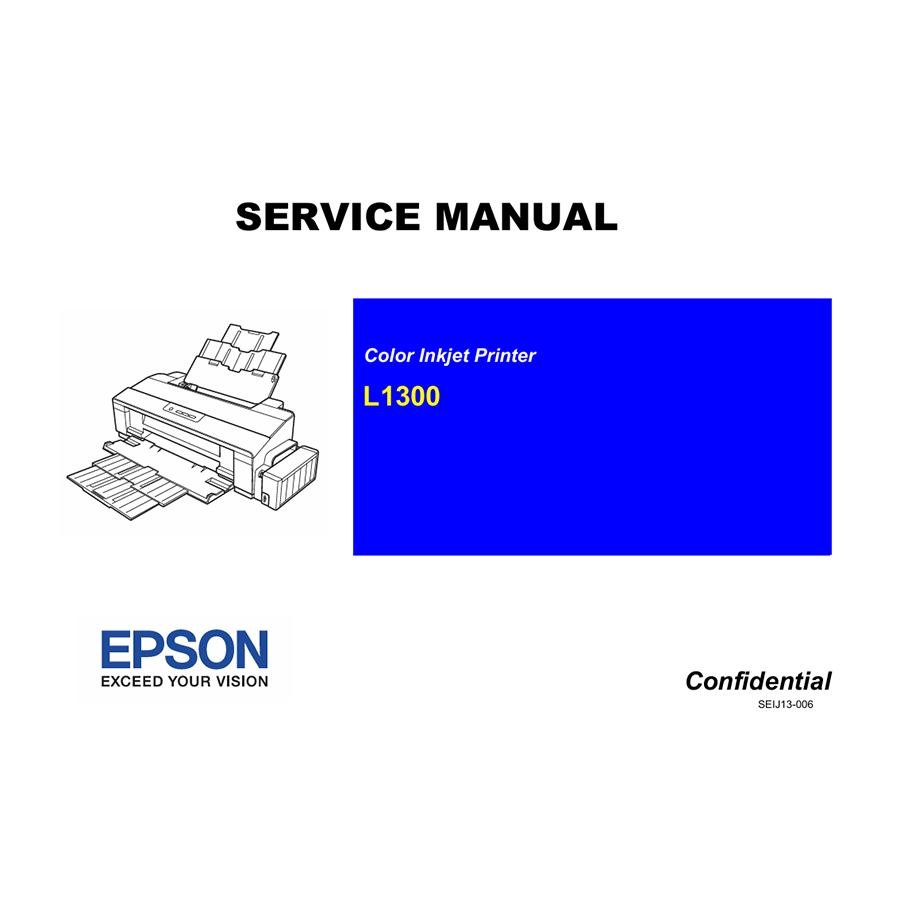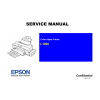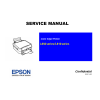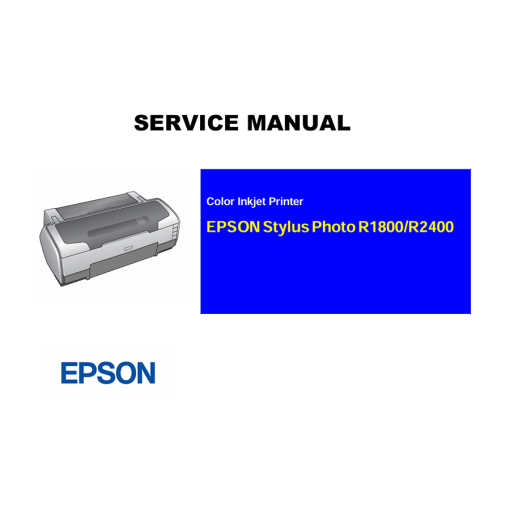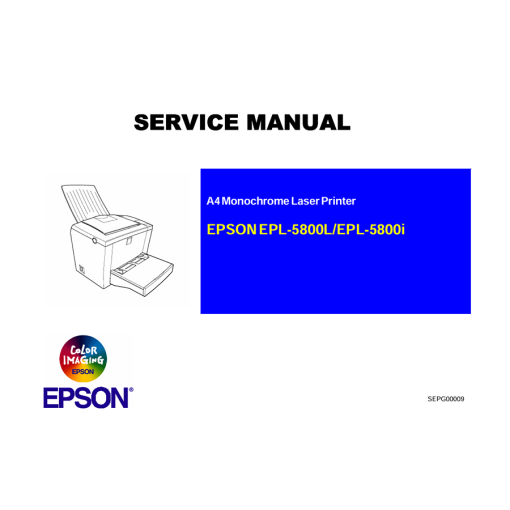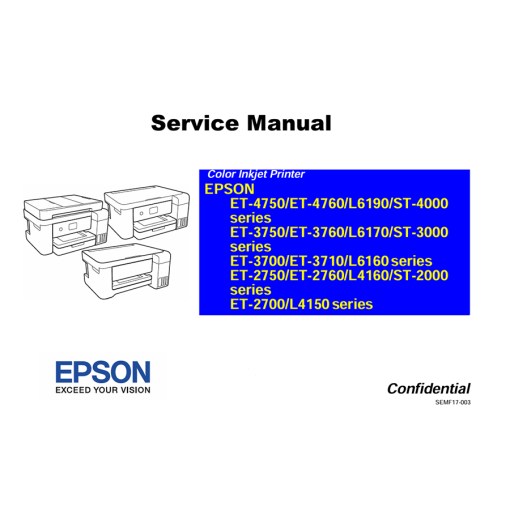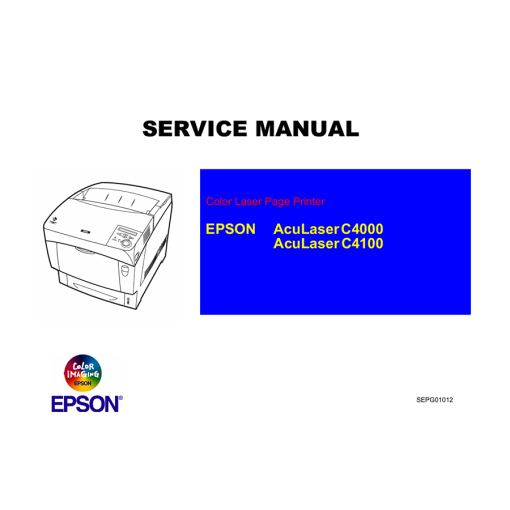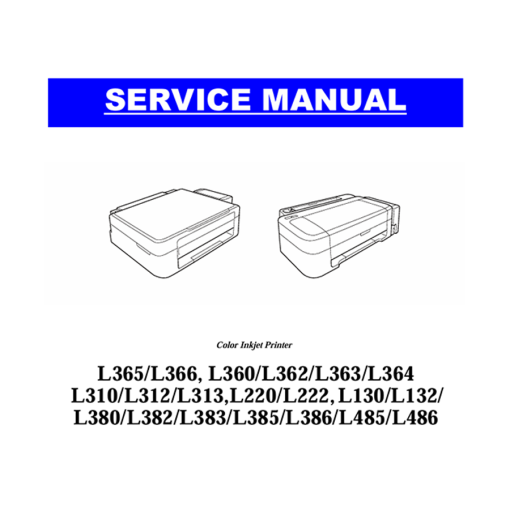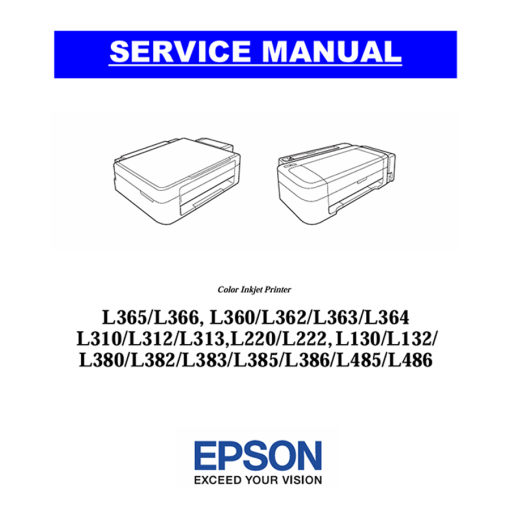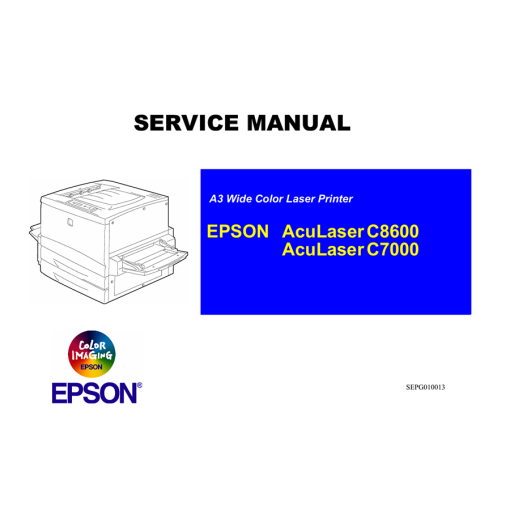-
×
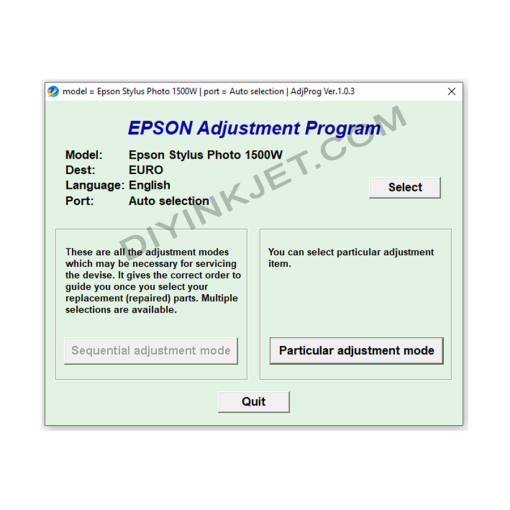 Epson Stylus Photo 1500W Adjustment Program
2 × 0 $
Epson Stylus Photo 1500W Adjustment Program
2 × 0 $ -
×
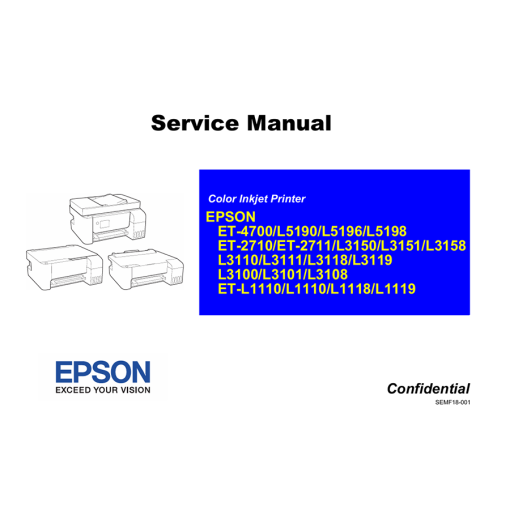 Epson Service Manual: The Advanced DIY Repair Guide for Your Epson EcoTank L5198, L31xx & L111x Series Inkjet Printers
1 × 0 $
Epson Service Manual: The Advanced DIY Repair Guide for Your Epson EcoTank L5198, L31xx & L111x Series Inkjet Printers
1 × 0 $ -
×
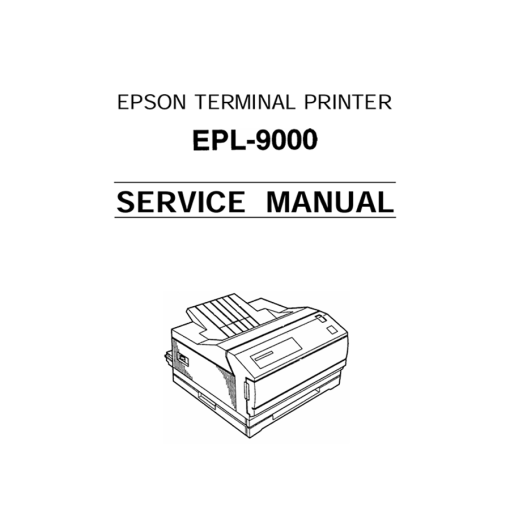 Epson Service Manual: The Definitive English Repair Guide for Your Epson EPL-9000 Laser Printer
1 × 0 $
Epson Service Manual: The Definitive English Repair Guide for Your Epson EPL-9000 Laser Printer
1 × 0 $ -
×
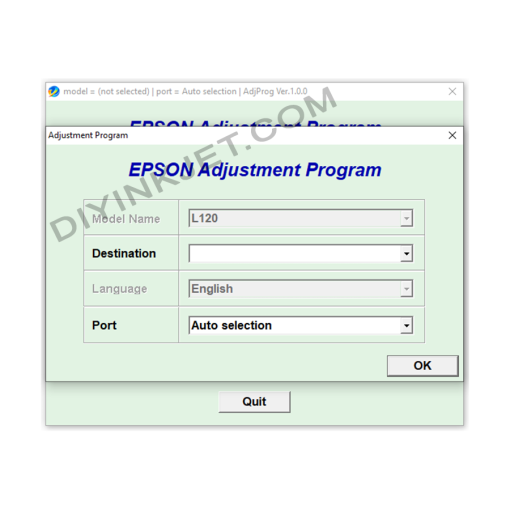 Epson L120 Adjustment Program
1 × 0 $
Epson L120 Adjustment Program
1 × 0 $ -
×
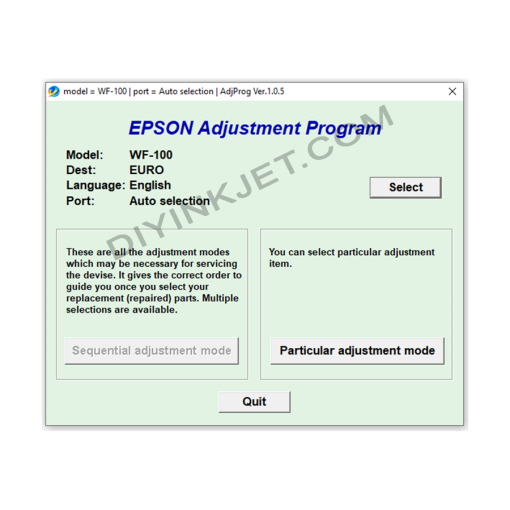 Epson WF-100 Adjustment Program
2 × 0 $
Epson WF-100 Adjustment Program
2 × 0 $ -
×
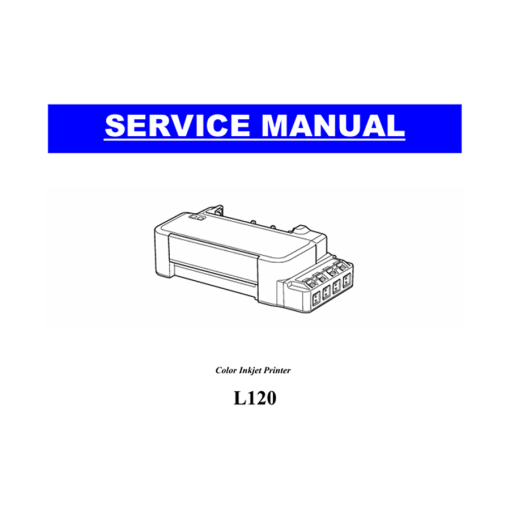 Epson Service Manual: The Essential Repair Guide for Your Epson EcoTank L120 Inkjet Printer
1 × 0 $
Epson Service Manual: The Essential Repair Guide for Your Epson EcoTank L120 Inkjet Printer
1 × 0 $ -
×
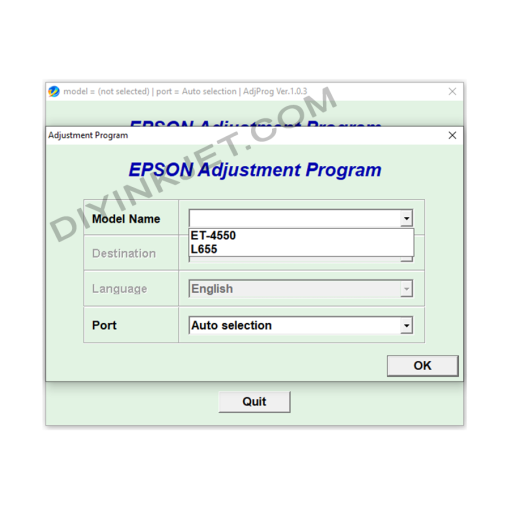 Epson ET-4550 L655 Adjustment Program
1 × 0 $
Epson ET-4550 L655 Adjustment Program
1 × 0 $ -
×
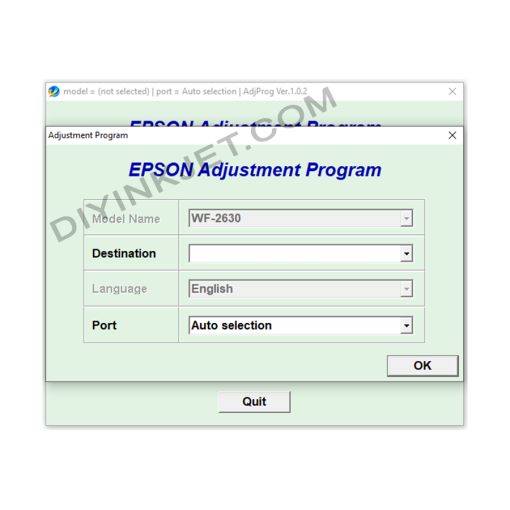 Epson WF-2630 Adjustment Program
1 × 0 $
Epson WF-2630 Adjustment Program
1 × 0 $ -
×
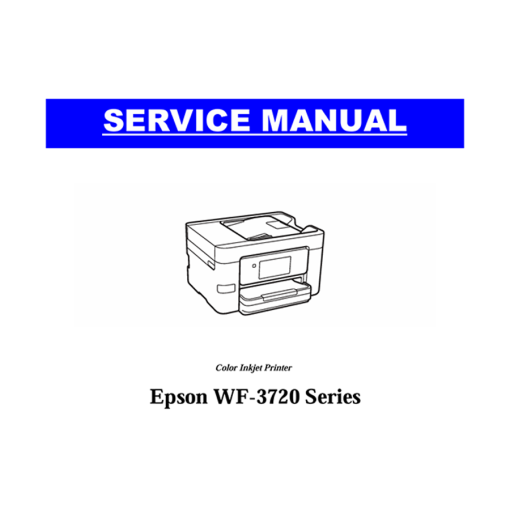 Epson Service Manual: Your Expert Guide to Repairing the Epson WorkForce Pro WF-3720 Inkjet Printer
1 × 0 $
Epson Service Manual: Your Expert Guide to Repairing the Epson WorkForce Pro WF-3720 Inkjet Printer
1 × 0 $ -
×
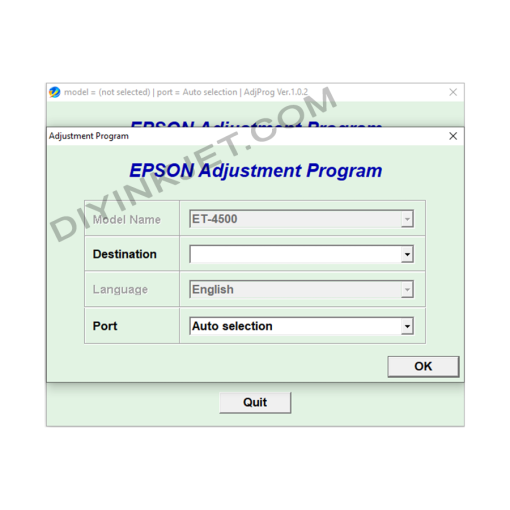 Epson ET-4500 Adjustment Program
1 × 0 $
Epson ET-4500 Adjustment Program
1 × 0 $ -
×
 Epson Service Manual: The Ultimate Guide for DIY Plotter Repair (Epson 11880, 11880C Plotters)
1 × 0 $
Epson Service Manual: The Ultimate Guide for DIY Plotter Repair (Epson 11880, 11880C Plotters)
1 × 0 $ -
×
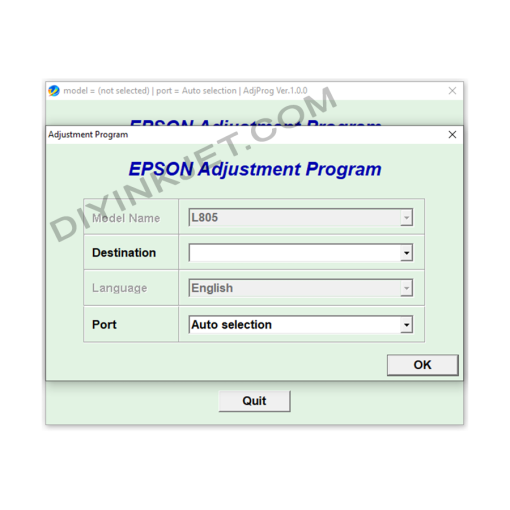 Epson L805 Adjustment Program
1 × 0 $
Epson L805 Adjustment Program
1 × 0 $ -
×
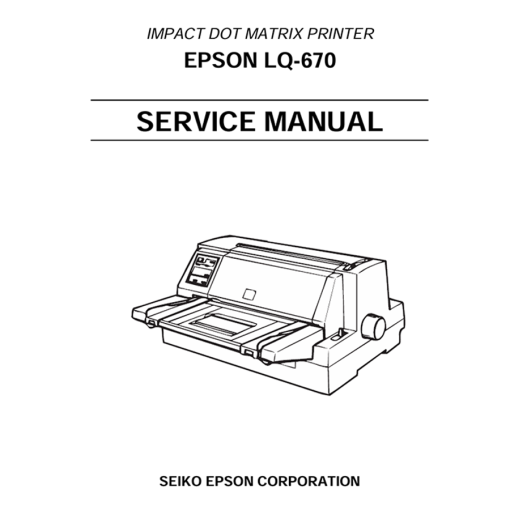 Epson Service Manual: The Definitive Guide for Your Epson LQ-670K (and LQ-670) Dot Matrix Printer
2 × 0 $
Epson Service Manual: The Definitive Guide for Your Epson LQ-670K (and LQ-670) Dot Matrix Printer
2 × 0 $ -
×
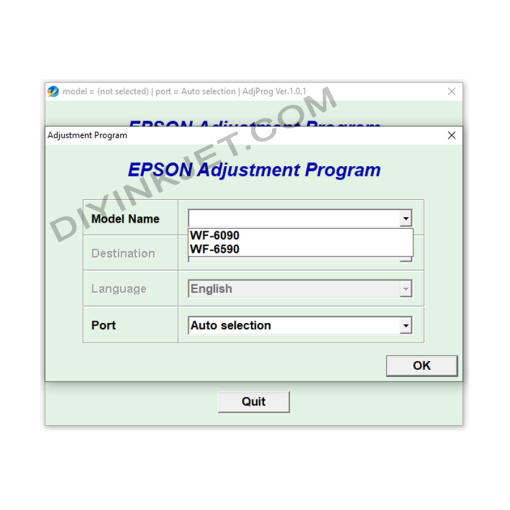 Epson WF-6090 WF-6590 Adjustment Program
1 × 0 $
Epson WF-6090 WF-6590 Adjustment Program
1 × 0 $ -
×
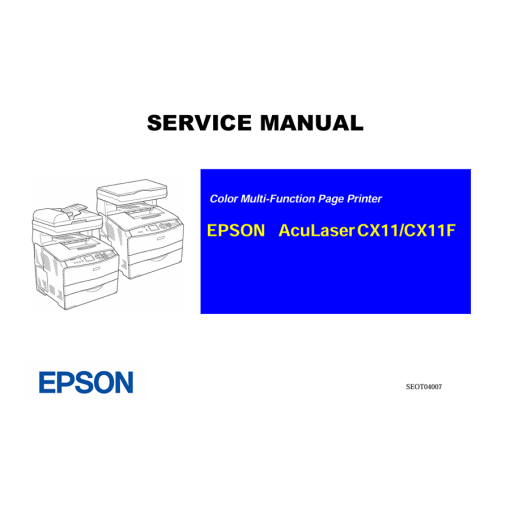 Epson Service Manual: Your Complete Guide to Repairing the AcuLaser CX11 & CX11F Multifunction Printers
1 × 0 $
Epson Service Manual: Your Complete Guide to Repairing the AcuLaser CX11 & CX11F Multifunction Printers
1 × 0 $ -
×
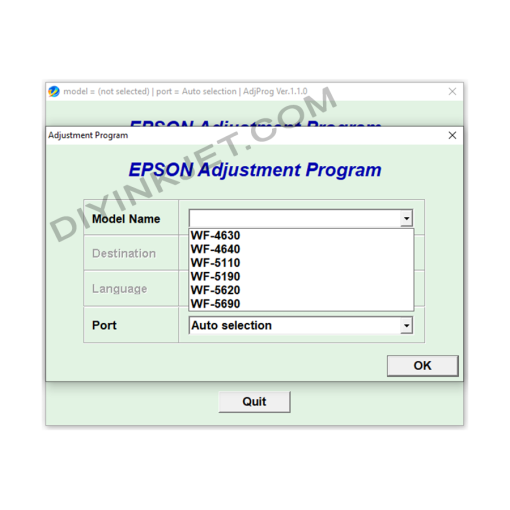 Epson WF-4630 WF-4640 WF-5110 WF-5190 WF-5620 WF-5690 Adjustment Program
1 × 0 $
Epson WF-4630 WF-4640 WF-5110 WF-5190 WF-5620 WF-5690 Adjustment Program
1 × 0 $
Subtotal: 0 $

